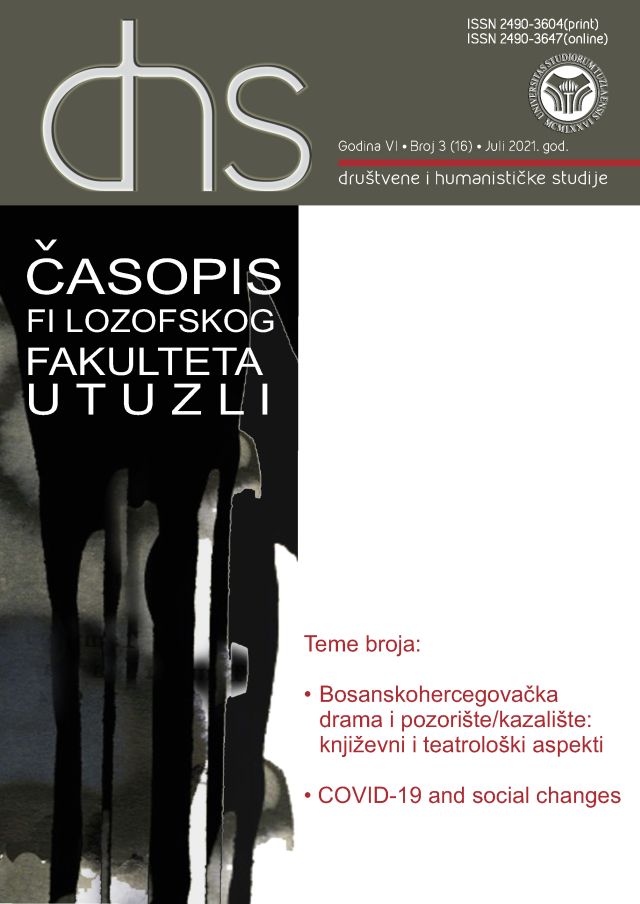Umjetnička likovna djela kao poticaj likovnom izražavanju inkluzirane djece - studija slučaja
Works of Fine Art as an Incentive for Artistic Expression of Children with Disabilities In Inclusive Education – a Case Study
Author(s): Damir MarkulinSubject(s): Education, Visual Arts, Communication studies, Inclusive Education / Inclusion, Sociology of Art
Published by: Filozofski fakultet Univerziteta u Tuzli
Keywords: children with disabilities; work of art; aesthetic transfer;
Summary/Abstract: In this paper we have explored the influence of sculptures and paintings by the author of this article as an incentive for motivation and artistic work of preschool-age and school-age children with disabilities in inclusive education through the application of the qualitative research method of observation in all three phases of the method of aesthetic transfer: perception, reception, and reaction. The research was carried out at CIERI (Centre for research, education, development, and training) at the Hercegovina University in Mostar on a sample of 15 children with disabilities in inclusive education, whereof 7 boys (2 preschool-age and 5school-age children) and 8 girls (3 preschool-age and 5 school-age children). In research by using free conversation, we have examined attitudes and opinions about the use of works of fine art as an incentive for motivation and artistic expression of children on a sample of three experts in education and rehabilitation and three parents of preschool-age children with disabilities in inclusive education. By applying the method of analysis and comparative analysis we have determined positive influences of use of works of fine art on the motivation and artistic creation of children with disabilities in inclusive education regardless of age: influence on increased motivation to work, choice of motives, more intensive use of colors and tonal painting, playful composition solutions and the making of complex art volumes. The research has determined that the boys prefer making three-dimensional shapes more than the girls. The research has shown positive attitudes and opinions of the educational and rehabilitation experts and parents towards the use of the mentioned works of art as an incentive for the artistic creation of children.
Journal: DHS-Društvene i humanističke studije: časopis Filozofskog fakulteta u Tuzli
- Issue Year: XVI/2021
- Issue No: 16
- Page Range: 587-608
- Page Count: 22
- Language: Bosnian

